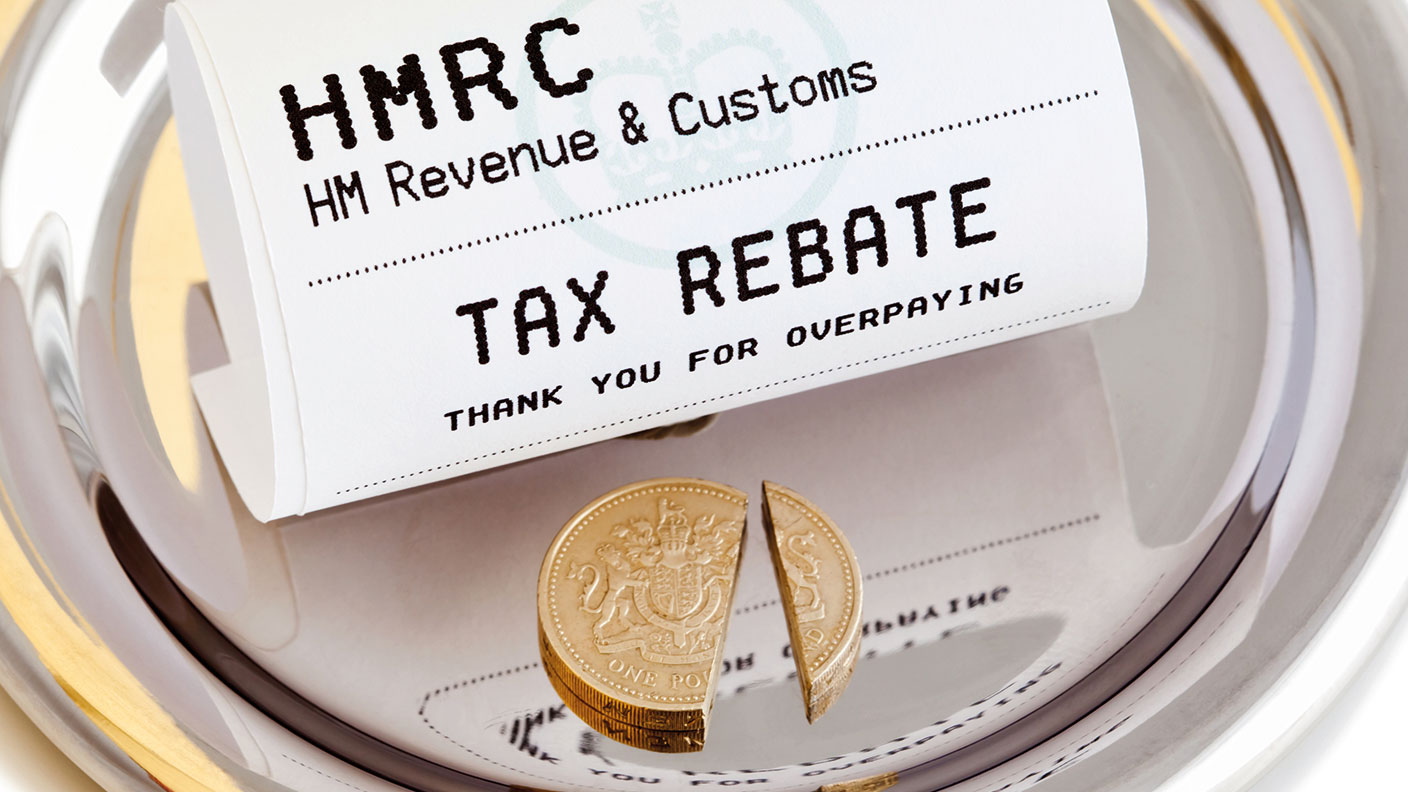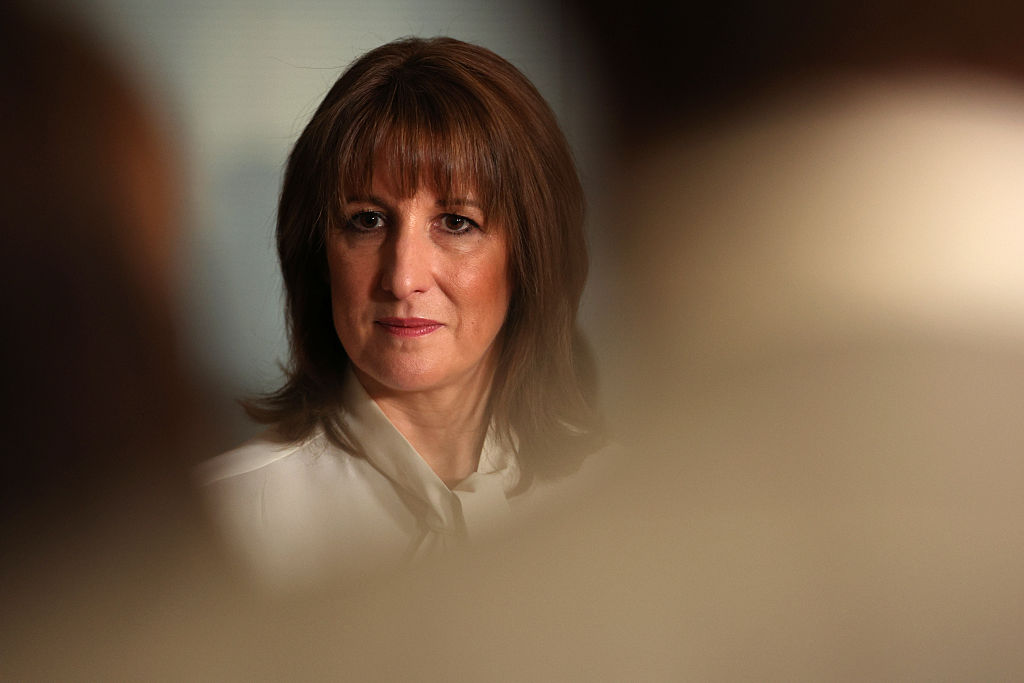How to claw back tax overpaid when opting for pension drawdown
Many retirees opting for drawdown schemes – taking money out of their pension savings – have overpaid tax. Here’s what to do to get it back.


Savers received record average tax refunds of £3,560 each in the second quarter of 2020 after being overtaxed on withdrawals from their pensions. Total refunds since the pension freedom reforms of 2015 have now reached £627m.
The issue affects many savers opting to use drawdown schemes to access their pension funds on reaching retirement, rather than converting savings to income by buying an annuity. While savers may take the first 25% of their money tax-free, withdrawals above this amount are taxable at their marginal rate of income tax.
Drawdown plan providers often do not have an up-to-date tax code for savers taking money out of their funds in this way for the first time and are therefore forced to apply an emergency tax code. This often results in savers paying too much tax on their withdrawals, particularly on larger sums. The money then has to be reclaimed.
MoneyWeek
Subscribe to MoneyWeek today and get your first six magazine issues absolutely FREE

Sign up to Money Morning
Don't miss the latest investment and personal finances news, market analysis, plus money-saving tips with our free twice-daily newsletter
Don't miss the latest investment and personal finances news, market analysis, plus money-saving tips with our free twice-daily newsletter
The government has been urged to address this problem since the pension freedom reforms encouraged many more savers to consider drawdown plans. But while hundreds of thousands of savers have been caught out in this way over the past five years, HMRC has yet to find a solution to the problem. In the meantime, savers entering drawdown for the first time must check their tax position carefully.
Start slowly
It may be possible to avoid the problem. One workaround suggested by some pension providers is to treat your first withdrawal as a means to establish your tax position: where you’re intending to make a withdrawal above the 25% tax threshold, keep the additional sum to a minimum so you pay only a small amount of tax at the emergency rate.
Your pension provider should then be able to liaise with HMRC to ensure you pay the right amount of tax on subsequent withdrawals, though it may take a few weeks for the correct tax code to come through. Alternatively, those who do pay too much tax do not have to wait until the end of the tax year to reclaim what they are owed. While one option is to claim the excess back on your self-assessment tax return, you can secure a more speedy refund by making an immediate application to HMRC.
However, you will need to complete the right form. Savers who haven’t withdrawn their entire pension should use the P55 form to reclaim their excess tax; those who have withdrawn all their savings and have taxable income will need form P53Z. If you have no other taxable income, complete P50Z. The forms are at www.gov.uk/claim-tax-refund – you will need a Government Gateway account – and HMRC says refunds are paid within 30 days.
Get the latest financial news, insights and expert analysis from our award-winning MoneyWeek team, to help you understand what really matters when it comes to your finances.

David Prosser is a regular MoneyWeek columnist, writing on small business and entrepreneurship, as well as pensions and other forms of tax-efficient savings and investments. David has been a financial journalist for almost 30 years, specialising initially in personal finance, and then in broader business coverage. He has worked for national newspaper groups including The Financial Times, The Guardian and Observer, Express Newspapers and, most recently, The Independent, where he served for more than three years as business editor.
-
 Vaccines inject billions into Big Pharma – how to profit
Vaccines inject billions into Big Pharma – how to profitThe vaccines subsector received a big fillip from Covid, but its potential extends far beyond combating pandemics. Here's what it means for investors
-
 'Investors should keep putting trust in investment trusts'
'Investors should keep putting trust in investment trusts'Interview Peter Walls, manager of the Unicorn Mastertrust fund, analyses investment trusts in a conversation with Andrew Van Sickle
-
 'Expect more policy U-turns from Keir Starmer'
'Expect more policy U-turns from Keir Starmer'Opinion Keir Starmer’s government quickly changes its mind as soon as it runs into any opposition. It isn't hard to work out where the next U-turns will come from
-
 Why pension transfers are so tricky
Why pension transfers are so trickyInvestors could lose out when they do a pension transfer, as the process is fraught with risk and requires advice, says David Prosser
-
 Modern Monetary Theory and the return of magical thinking
Modern Monetary Theory and the return of magical thinkingThe Modern Monetary Theory is back in fashion again. How worried should we be?
-
 The coming collapse in the jobs market
The coming collapse in the jobs marketOpinion Once the Employment Bill becomes law, expect a full-scale collapse in hiring, says Matthew Lynn
-
 How pet insurance can help cut the costs of vet bills
How pet insurance can help cut the costs of vet billsYou can temper the expense of vet bills with pet insurance. There are four main types to consider
-
 Rachel Reeves's punishing rise in business rates will crush the British economy
Rachel Reeves's punishing rise in business rates will crush the British economyOpinion By piling more and more stealth taxes onto businesses, the government is repeating exactly the same mistake of its first Budget, says Matthew Lynn
-
 The consequences of the Autumn Budget – and what it means for the UK economy
The consequences of the Autumn Budget – and what it means for the UK economyOpinion A directionless and floundering government has ducked the hard choices at the Autumn Budget, says Simon Wilson
-
 Big Short investor Michael Burry closes hedge fund Scion Capital
Big Short investor Michael Burry closes hedge fund Scion CapitalProfile Michael Burry rightly bet against the US mortgage market before the 2008 crisis. Now he is worried about the AI boom